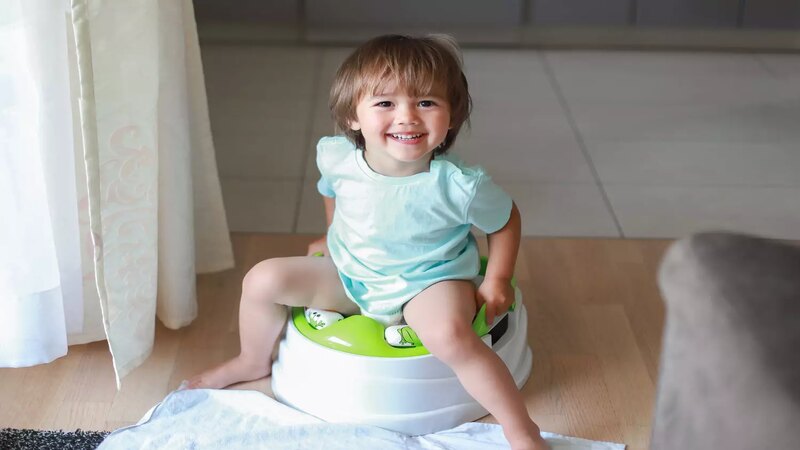
Toddlerhood is the time for unleashing new modes of independence. Their exploration of new experiences and achievements of new milestones boost their self-confidence. Potty training is one such method essential for toddlers to attain a sense of confidence and self-reliance. But you will surely require some help to successfully potty train your toddler.
If you are planning to potty train your toddler then it is important to know when they are truly ready for it. You must also know how to begin or how long the process takes. Don’t worry, here are the tips you can apply to successfully potty train your toddler. By the end of this article, you will get a clear idea about your role as a potty trainer for your toddler. So let’s get started.
Is There a Right Time to Start Potty Training?
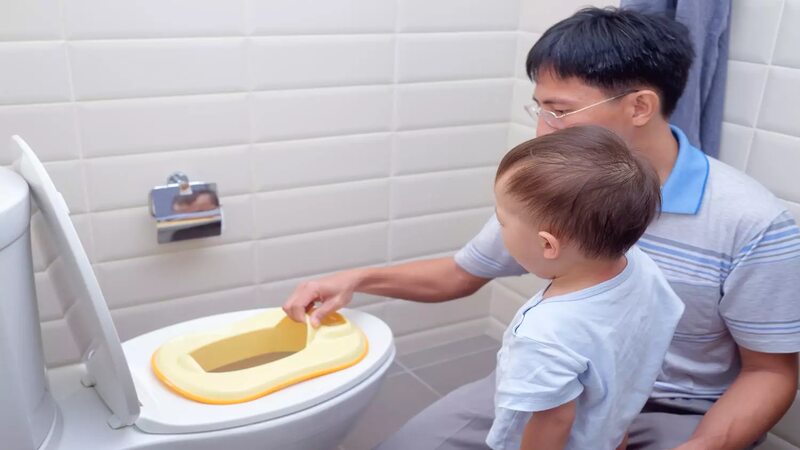
No, there is no “right” time to start potty training. Potty training does not depend on age but rather on the physical maturation and emotional need for independence or autonomy in children (1). American Academy of Pediatrics (AAP) says that toddlers get physiologically ready for potty training around the age of 18 to 2.5 years (2). So you can start potty training anytime around this age.
How to Know if Your Toddler is Ready For Potty Training?
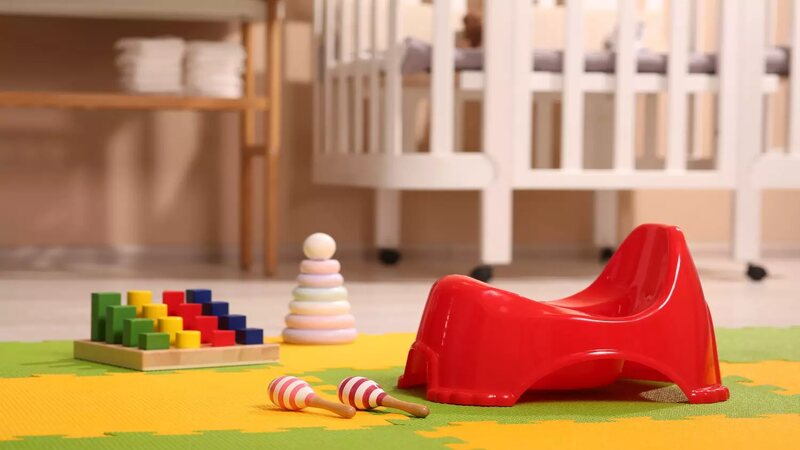
Noticing the signs is the key to understanding if your toddler is ready for potty training or not. The signs that you may find in toddlers when they are willing to be potty trained include-
- The bowel movements are occurring at a fixed time regularly
- The toddler can stay dry for an hour or more. This suggests the increased capacity of holding the pee and their readiness for potty training
- Your toddler is showing immediate irritation upon wetting or soiling the diaper
- Your toddler is using verbal and nonverbal methods (such as pulling down the diapers or pants) to convey the need to go to the bathroom
If you notice these hints then it is time. Make the way ready and tidy towards the bathroom.
How Long Will it Take to Potty Train Your Toddler?
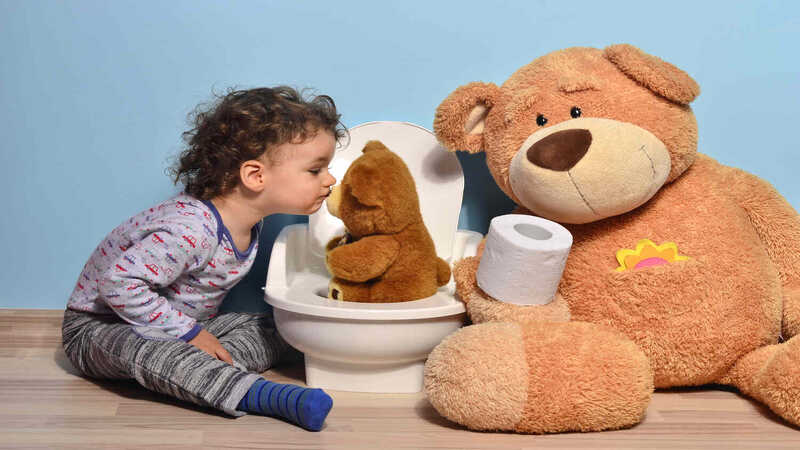
Potty training your toddler is not an easy task. It will take much more time and patience and lots of tissue paper than you think. Depending on the readiness of your toddler for potty training, it can take roughly 3 to 6 months to properly learn the technique.
Starting very early (around 18 months) can take a longer training time in this case (3). It is hence better to start when your toddler can communicate and follow your instructions properly.
Ditch Diapers For Training Pants

Training pants can be effective substitutes for diapers during this transitional period. You can rely on disposable training pants for your toddler especially at night, as during sleep children often lose control over their bladder which results in bedwetting (4). You can gradually switch to underwear at night once you notice the training pants have been dry for more than a week.
Wearing training pants during the daytime, however, can delay the process of potty training by making toddlers think of using them as diapers. So use them only at night or while traveling outside with your toddler.
Tips For Potty Training Your Toddler
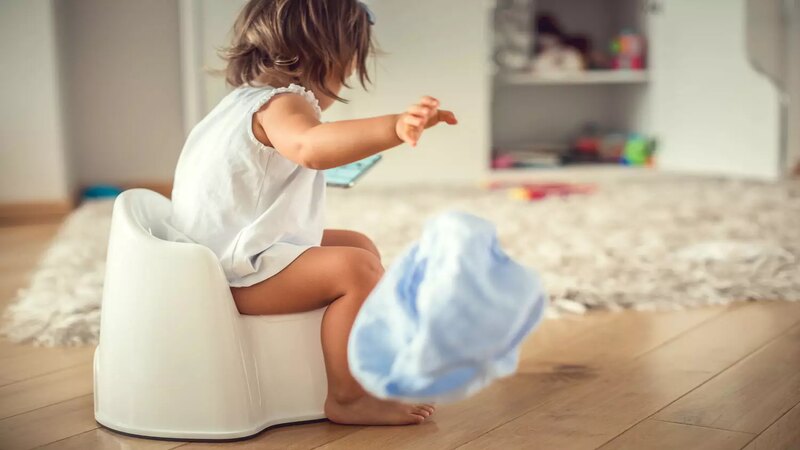
Potty training is an essential developmental milestone for toddlers which will require your active assistance to attain. Here are some tips for you to successfully potty train your toddler-
1. Make it a Routine
To make it a habit you will need to follow a fixed potty training routine for your toddler. For instance, you can make them sit regularly on the potty for a few minutes after drinking a bottle of water in the morning. Drinking lots of water or eating a fiber-rich morning breakfast after sleep initiates healthy bowel movements in most children (5).
2. Make Them Wear Easily Removable Clothes
Loose-fitting clothes are good when you are potty training your toddler. They should be able to remove their pants whenever they feel the need to go to the toilet.
3. Give Them Demonstrations With Clear Instructions
Children learn best when their multiple sense organs are in use (6). So you need to demonstrate how to sit on the potty seat to your toddler along with simple and same instructions.
4. Praise Their Efforts
Praise every effort your toddler makes toward potty training even if it fails. Parental appreciation acts as positive reinforcement for kids and motivates them for further progress (7). So always appreciate your toddler’s little efforts.
First Steps of Potty Training
Following the above tips will help your toddler become familiar with potty training. Here are the steps that you can follow for further progression:
- Let the toddler sit on the potty chair with clothes on for the first few attempts
- Once they can independently sit on the potty chair you can remove the diaper to get the actual job done
- If the toddler poops in the diaper in the meantime, you can dump the poop into the potty chair or toilet seat to let them know the actual purpose of them
- Make the entire process fun by utilizing potty training books and songs and do not forget to teach them to wash their hands
Nighttime Potty Training
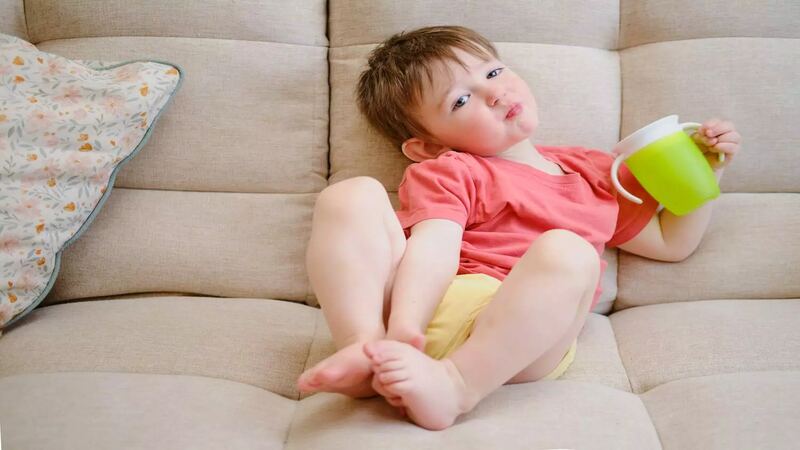
It will take a few more years for your toddler to completely master the ability to wake up at night to go to the toilet. Research says children under the age of 7 are prone to wet their beds during sleep (8). You can follow these tips for nighttime potty training-
- Give a limited amount of water or other liquid food to your toddler before sleep
- Train them to call for you or go to the bathroom whenever they feel the need to pee at night
- Use disposable sheets
- Switch on the lights in your bathroom area to let your toddler easily reach there without fear
When to Transition From Potty Seat to Toilet Seat?
You can transfer your toddler from the potty seat to the toilet seat once they can walk and climb the steps independently. Mounting on the steps and then sitting properly on the toilet seat with the fear of getting stuck inside can be a challenging job for toddlers. Let them take their time and go with the flow.
Common Toilet Training Problems You May Encounter
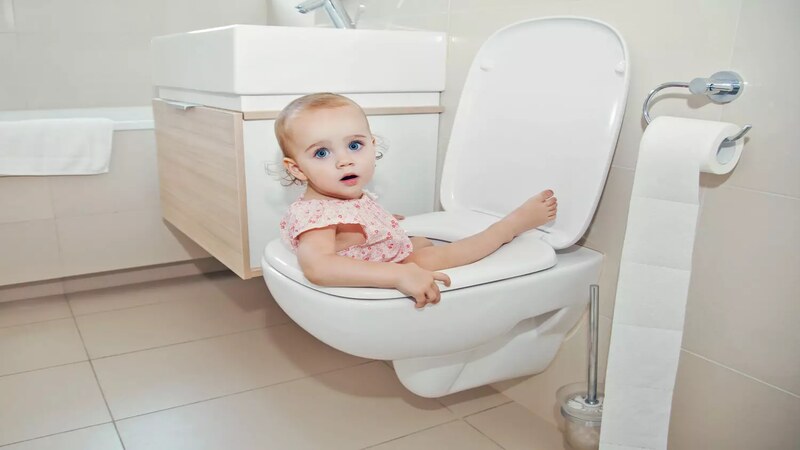
Toilet training is incomplete without messy problems and accidents. Here are the ones that you may face-
- Fear of sitting on the potty
- Initial resistance and regression
- Playing with poop
- Wetting or soiling pants before reaching the toilet
When to Delay Toilet Training?
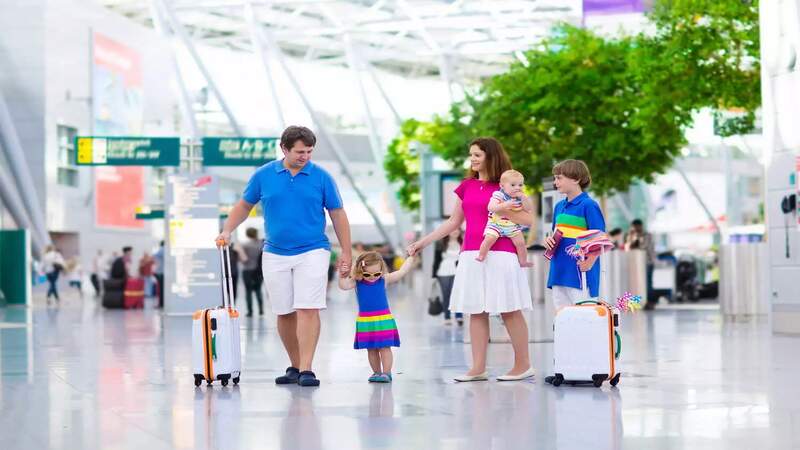
Follow your instincts and the signs from your toddler. If it tells you to pause then pause. The situations where you may consider delaying potty training are-
- If the toddler is sick, especially in case of diarrhea
- If you are traveling for a long distance
- If you are welcoming another baby and hence have little time to potty train the previous one
- If you are transitioning your toddler from crib to bed
- If you have changed the home and the toddler is still unfamiliar with the new place
When to Consult a Doctor?

If your toddler is showing signs of being mature enough to get potty trained yet is unable to do it on the spot after all your efforts, then you may need a doctor’s consultation. Early detection of the issue will help you to easily resolve the problem.
So potty training your toddler is important to get rid of the diapers. But you must not force your kid for it. Let them learn at their own pace. It is a natural process and they will learn eventually. Be ready for all the initial yucky messes and clean-ups though!
FAQ’s
1. What is The Three-Day Potty-Training Method?
The three-day potty-training method suggests you keep your toddler bottomless for three days at home to potty train them. The aim is to let your toddler feel and notice bodily cues and the mess to show the urge for being potty trained.
2. Will Kids Naturally Potty Train?
Yes, kids can naturally learn to use the potty sooner or later. Being self-reliant in using the toilet is a natural process that your kid is bound to learn with time.
3. Which Gender is Easier to Potty Train?
Girls are considered to be easier to potty train than boys. Faster physical and linguistic development in girls can be a reason behind their easier understanding of potty training.
References
- Personal and familial factors associated with toilet training – [https://www.ncbi.nlm.nih.gov/pmc/articles/PMC7712689/]
- Toilet Training Guidelines: Parents—The Role of the Parents in Toilet Training – [https://shorturl.at/kwCY6]
- Overview: Potty training – [https://www.ncbi.nlm.nih.gov/books/NBK279296/]
- Nocturnal enuresis – [https://www.ncbi.nlm.nih.gov/pmc/articles/PMC3348193/]
- Healthy bowel habits for children – [https://caringforkids.cps.ca/handouts/healthy-living/healthy_bowel_habits]
- Functions of senses in learning – [https://www.researchgate.net/publication/370388950_Functions_of_senses_in_learning]
- Praise, encouragement and rewards – [https://raisingchildren.net.au/toddlers/connecting-communicating/connecting/praise]
- Urinary Incontinence in Children – [https://www.ncbi.nlm.nih.gov/pmc/articles/PMC3187617/]

